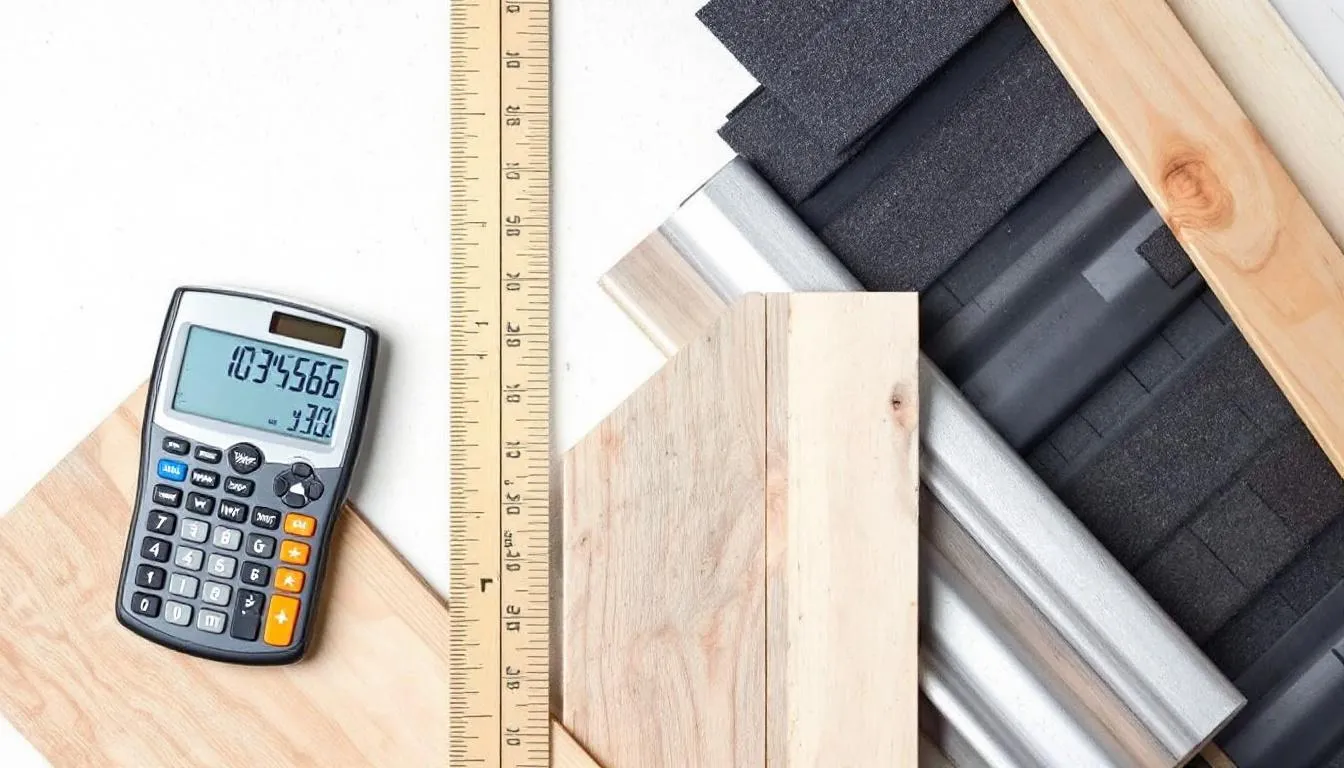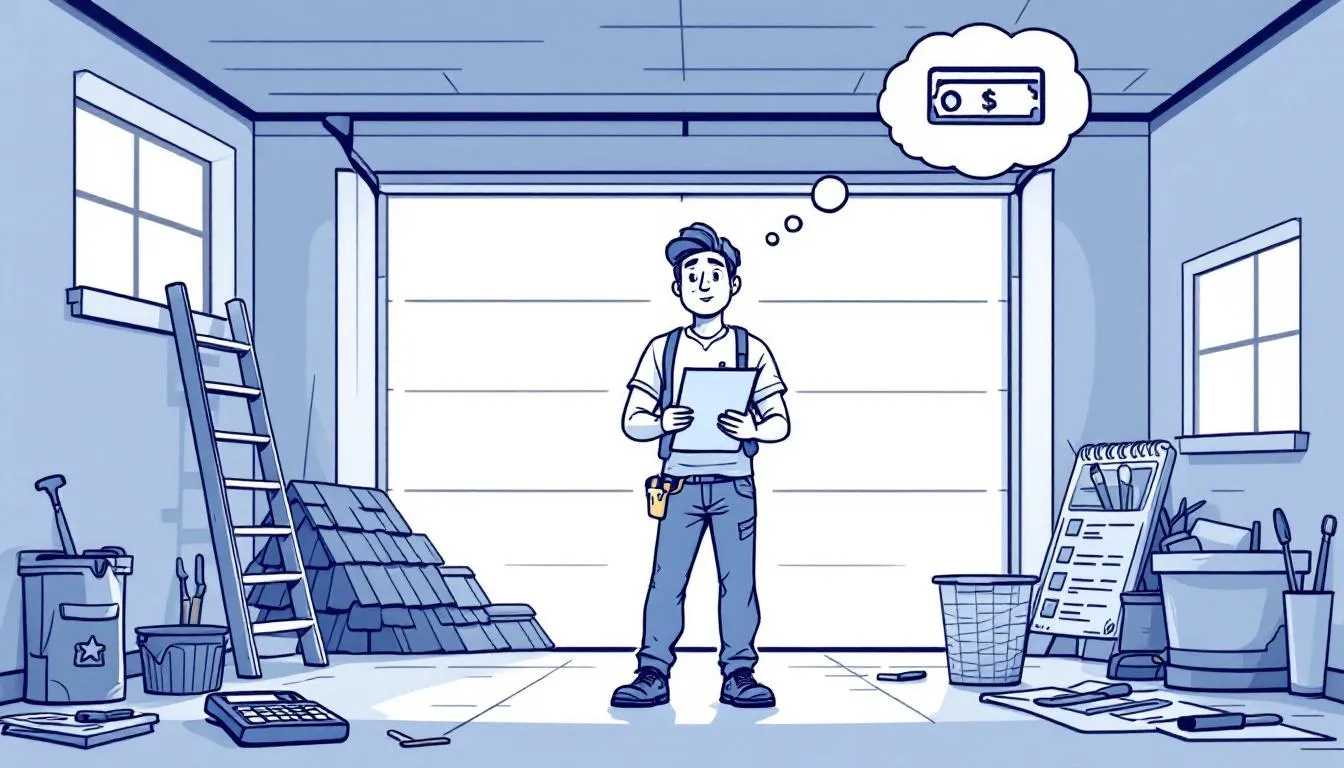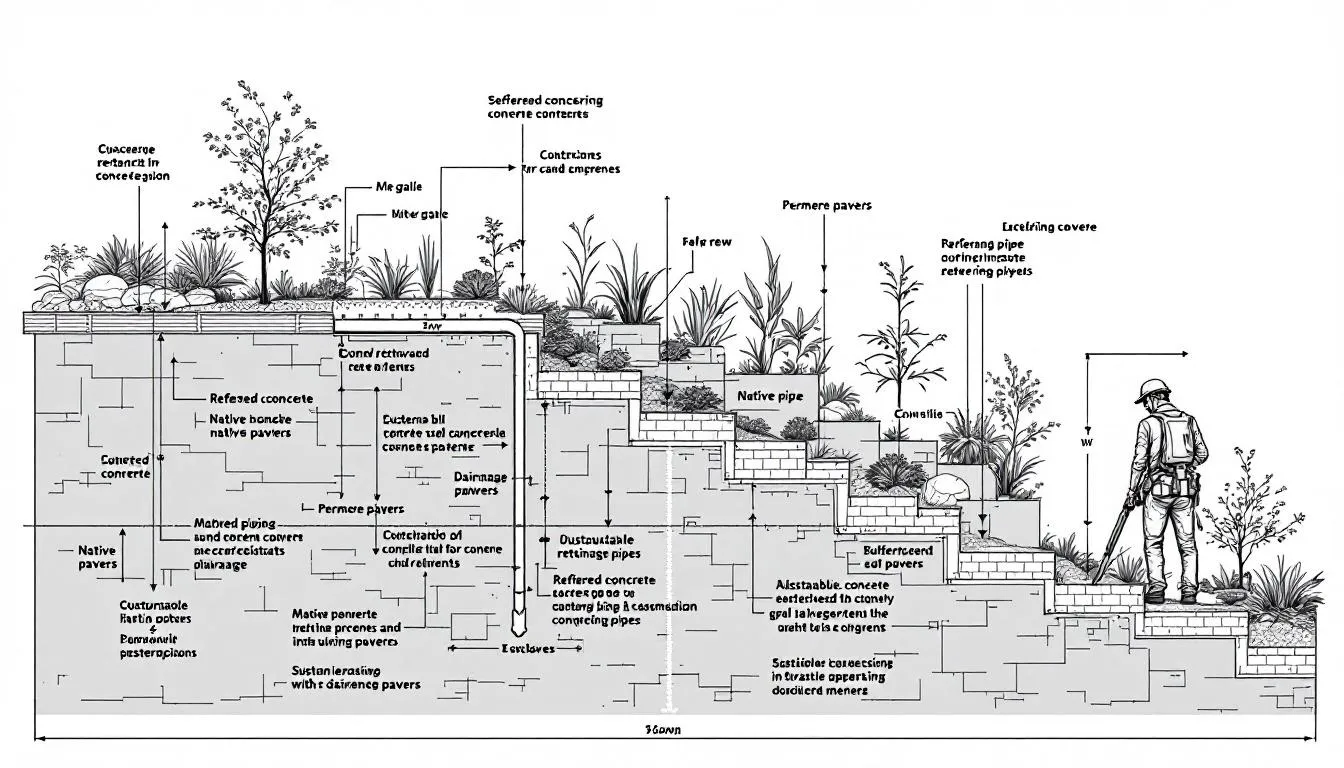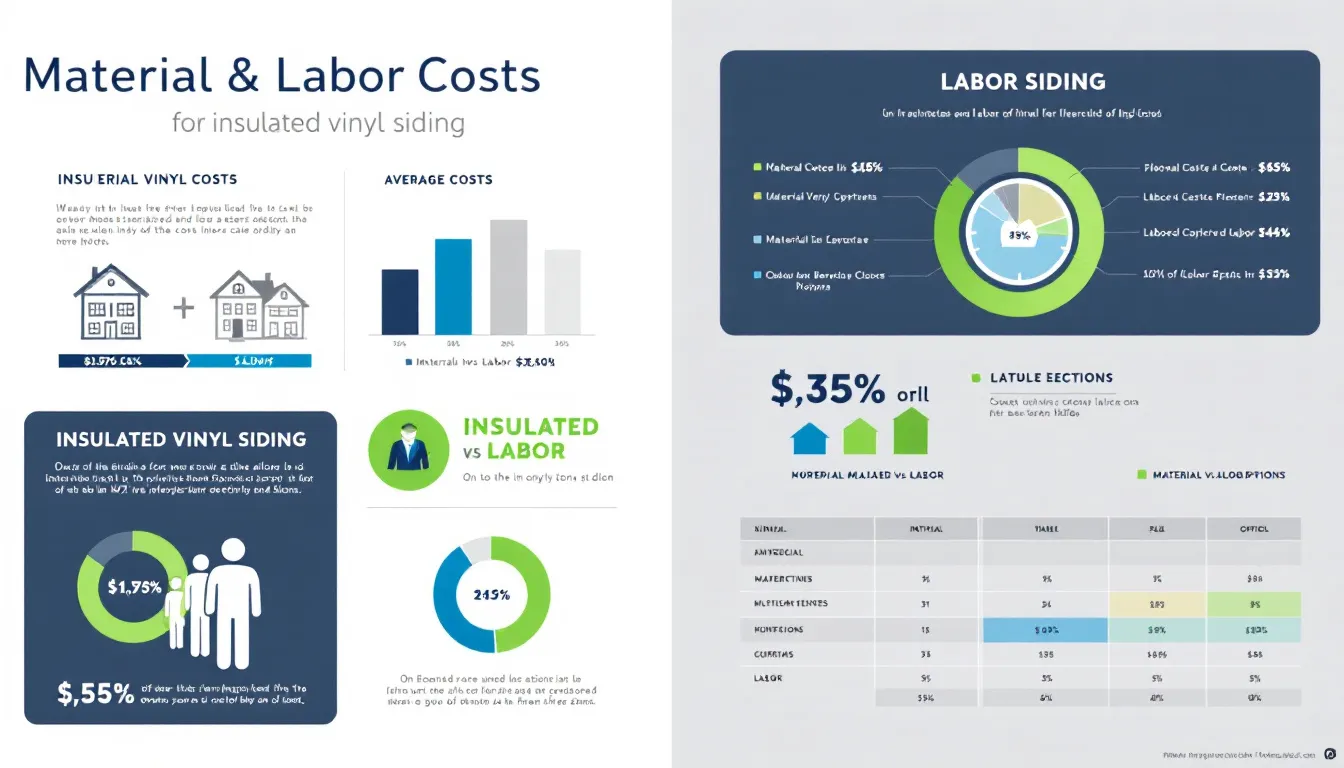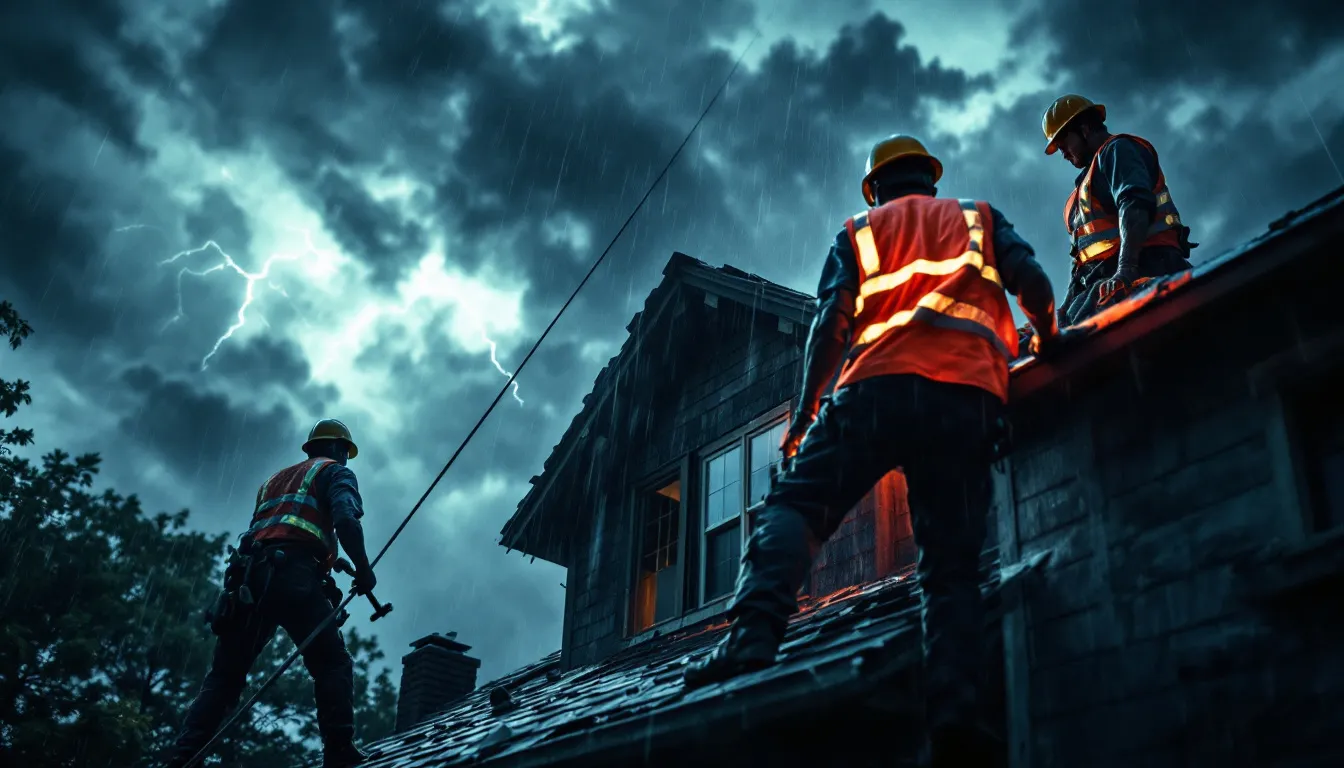Top Tips on How to Maintain Your Siding for Long-Lasting Durability
Want to know how to maintain your siding for long-lasting durability? In this article, we’ll share essential tips to help you keep your siding in excellent condition. From regular inspections to specific cleaning techniques for different materials, we’ll guide you through everything you need to ensure your siding stands the test of time.
Key Takeaways
- Regular inspections and prompt repairs are crucial for maintaining siding and preventing costly damage.
- Different siding materials require specific cleaning techniques to ensure longevity and aesthetic appeal.
- Investing in high-quality siding materials and conducting seasonal maintenance can significantly enhance durability and reduce repair needs.
Regularly Inspect Your Siding
Regular inspections are vital for maintaining your home’s exterior siding. They help inspect regularly and address potential issues before they escalate into major repairs.
Look for signs of damage, such as:
- cracks
- holes
- warped panels
- peeling paint
Regularly inspecting your siding can also prevent mold growth and mildew growth by stopping moisture entry at early stages. Keeping your siding free from debris and vegetation can prolong its lifespan and maintain its aesthetic appeal.
Making regular inspections a habit allows you to catch problems early and take timely action. This practice helps maintain your home’s exterior and saves you from costly repairs down the line. Promptly handling minor repairs prevents extensive damage and deterioration, ensuring the longevity of your siding materials.
Annual Cleaning Routine
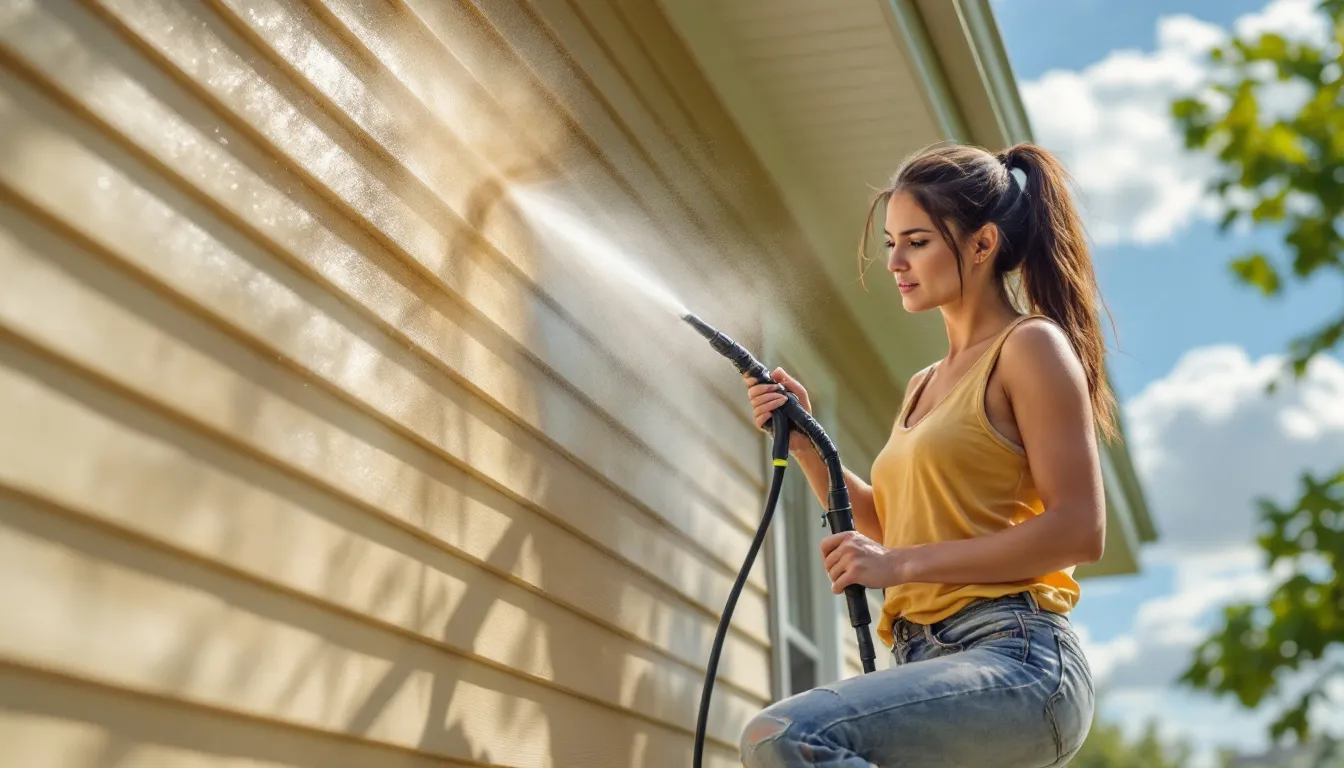
An annual cleaning routine helps maintain your siding’s condition and reveals potential issues that might need attention. Wet the surface, scrub gently with a soft brush or sponge, and rinse thoroughly. This simple routine removes dirt that can foster mold growth and keeps your siding looking fresh and clean.
For an effective gentle cleaning, you will need a mild detergent, a soft brush, and water. Using a pressure washer or power washing can be beneficial, but make sure to use a low-pressure setting to avoid damaging the siding.
Annual cleaning ensures your siding remains in top condition, preventing costly repairs and maintaining your home’s aesthetic appeal.
Proper Cleaning Techniques by Siding Material
Different siding materials and certain siding materials require specific cleaning techniques for effective maintenance.
In the following subsections, we will provide detailed cleaning methods for vinyl, wood, fiber cement, and stucco siding.
Vinyl Siding
Vinyl siding is durable and low-maintenance.
To clean it effectively, follow these steps:
- Use a solution of water and white vinegar.
- Utilize a soft-bristled brush or a low-pressure washer with mild detergent to gently clean the surface.
- Avoid harsh chemicals and abrasive cleaners, which can damage the siding.
- Rinse thoroughly after cleaning to prevent streaking.
Regularly inspect vinyl siding for cracks, loose panels, mold, and mildew. Promptly address significant damage by seeking professional repairs if necessary. Regular cleaning and timely repairs can help maintain the appearance and longevity of vinyl siding, with properly cared-for vinyl siding lasting over 20 years.
Wood Siding
Wood siding requires a bit more attention due to its susceptibility to moisture damage. Applying a weather-resistant coating regularly protects wood siding and ensures ongoing protection. Clean wood siding with mild soap and a soft brush; avoid using a pressure washer, which can cause damage.
A 70% water and 30% white vinegar mixture is effective for cleaning wood siding without causing damage. Oxygen bleach is another safe option for removing stains.
Regularly inspect wood siding for signs of wood rot and take preventive measures to maintain its structural integrity.
Fiber Cement Siding
Fiber cement siding, known for its durability, requires proper maintenance to ensure its longevity. Here are some tips for maintaining fiber cement siding:
- Clean fiber cement siding with mild soap and a soft-bristled brush to avoid cracking.
- Avoid using power washers, as they can cause damage.
- Regular checks for cracks, chips, and loose panels are essential to keep fiber cement siding in good condition.
Repaint fiber cement siding every 10-15 years for optimal maintenance. Fill small cracks with caulk to prevent water infiltration. Proper care can make fiber cement siding last up to 50 years.
Stucco Siding
Clean stucco siding gently using a garden hose and a soft brush to avoid surface damage. High-pressure washing methods should be avoided as they can damage the stucco. Regular inspections are crucial to identify and address cracks early, preventing water damage and maintaining the home’s aesthetic appeal.
By following these cleaning techniques tailored to each siding material, homeowners can ensure proper maintenance and provide practical tips to prolong the lifespan of their exterior siding.
Addressing Minor Repairs Promptly
Promptly addressing minor repairs prevents further deterioration and costly fixes. Loose panels should be secured using nails or by snapping them back into place. Filling small cracks with a suitable patching compound can prevent water damage. Regular visual inspections identify minor issues early, making repairs easier and less costly.
Homeowners can save on costs by handling minor repairs themselves rather than hiring professionals for small issues. Immediate repairs to siding can extend its lifespan and maintain the home’s aesthetic appeal. By taking preventive measures, you can avoid extensive damage and ensure the longevity of your siding.
Preventing Mold and Mildew
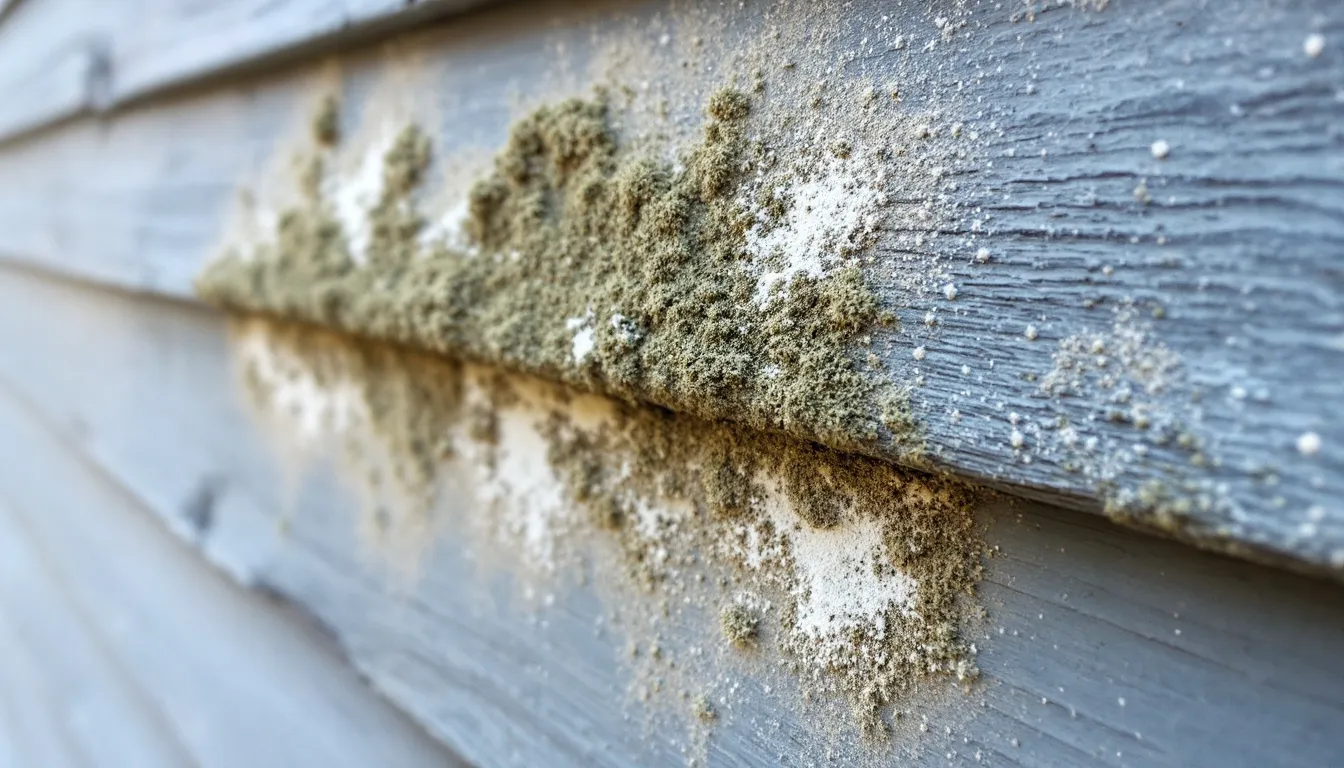
Preventing mold and mildew is crucial for maintaining your home’s siding. To ensure proper drainage helps prevent rainwater damage, mold and algae growth, and foundation issues. Trimming vegetation close to the siding enhances airflow and reduces moisture retention, which can trap moisture, minimizing mold risks.
Timely maintenance prevents moisture problems that lead to mold and water damage. Use a diluted bleach solution promptly at the first sight of mold to inhibit its spread. Regular maintenance and preventive measures are key to keeping your siding free from mildew buildup and to prevent mold and mildew.
Sealing and Caulking Gaps
Sealing gaps and cracks in siding is important to prevent water infiltration and maintain energy efficiency. Sealing and caulking extend the lifespan of exterior paint by preventing moisture-related damage. Use high-quality silicone or latex caulk to fill gaps around windows, doors, and other openings.
Periodic inspection is essential to identify gaps or cracks and refresh caulking as needed. Check for gaps around pipes, vents, and electrical outlets in addition to windows and doors. Sealing and caulking protect your siding from water intrusion and enhance energy efficiency.
Seasonal Maintenance Tips

Seasonal maintenance protects your siding from environmental factors. Before winter, ensure your siding is in good condition and clean it thoroughly to prevent frost and ice damage. In spring, conduct a thorough cleaning to remove dirt and assess for potential mold growth.
During summer, check for any extreme heat-related damage and ensure good airflow by trimming nearby plants. In fall, clean your gutters and secure any loose siding before the rainy season to prevent leaks.
Inspect your siding for damage after extreme weather events and take immediate action if necessary.
Protecting Siding from Environmental Factors
Protecting your siding from environmental factors is crucial to maintain its durability and appearance. Regular inspections identify moisture intrusion, rot, and insect infestations early. Caulking gaps in siding reduces the risk of pest infestations.
Consider using pest-resistant materials like fiber cement or vinyl siding, as these can deter infestations. Proper drainage and prompt addressing of leaks are essential to keep your home dry and prevent pest issues.
Trimming nearby trees or shrubs and installing gutters and downspouts are effective measures to protect siding from weather elements.
Choosing High-Quality Siding Materials
High-quality siding materials resist environmental damage and enhance durability, providing longevity and reducing the need for frequent repairs. Fiber cement siding resists rot, fire, and pests, making it a durable option.
Vinyl siding is favored for its affordability and minimal upkeep needs. Metal siding, such as aluminum or steel, provides durability and weather resistance with a modern aesthetic. Understanding the local climate helps in choosing siding that resists specific environmental stresses.
Regular upkeep of high-quality siding extends its lifespan and delays costly replacements.
Benefits of Regular Siding Maintenance

Regular siding maintenance offers benefits like enhanced curb appeal and increased property value. A well-maintained exterior creates an inviting atmosphere and attracts potential buyers. Regular inspections and repairs prevent significant issues such as cracks and moisture buildup that may compromise structural integrity.
Properly maintained siding extends material lifespan, reducing the need for costly replacements. Regular maintenance ensures optimal insulation, contributing to improved energy efficiency. Addressing gaps, loose panels, and cracks during maintenance prevents heat loss and enhances overall energy performance.
Regular maintenance saves many homeowners money by preventing small issues from escalating into necessary repairs or major repairs, helping to prevent costly repairs.
When to Call for Professional Assistance
Knowing when to call for professional assistance is crucial. Severe damage, like widespread cracks or extensive warping, often requires professional repairs due to their complexity. Professional siding repair services typically provide warranties, ensuring long-term protection against future issues.
Factors like a busy schedule, lack of tools, or skills may lead homeowners to hire a siding professional. Some materials, like James Hardie siding, require specialized repair knowledge.
Assess the extent of siding damage before deciding between DIY and professional repair methods. Timely professional engagement prevents further damage and ensures proper repairs, maintaining siding integrity.
Summary
Summarizing the key points, regular siding maintenance is essential for preserving the appearance and structural integrity of your home. By performing regular inspections, cleaning, and addressing minor repairs promptly, you can prevent costly damages and extend the lifespan of your siding materials. Seasonal maintenance and choosing high-quality materials further enhance the durability and aesthetic appeal of your home.
Taking these proactive steps ensures your home’s exterior remains in top condition, providing protection and enhancing curb appeal. Remember, maintaining your siding is an investment in the longevity and value of your home. So, stay diligent, follow these tips, and enjoy the benefits of a well-maintained home exterior.
